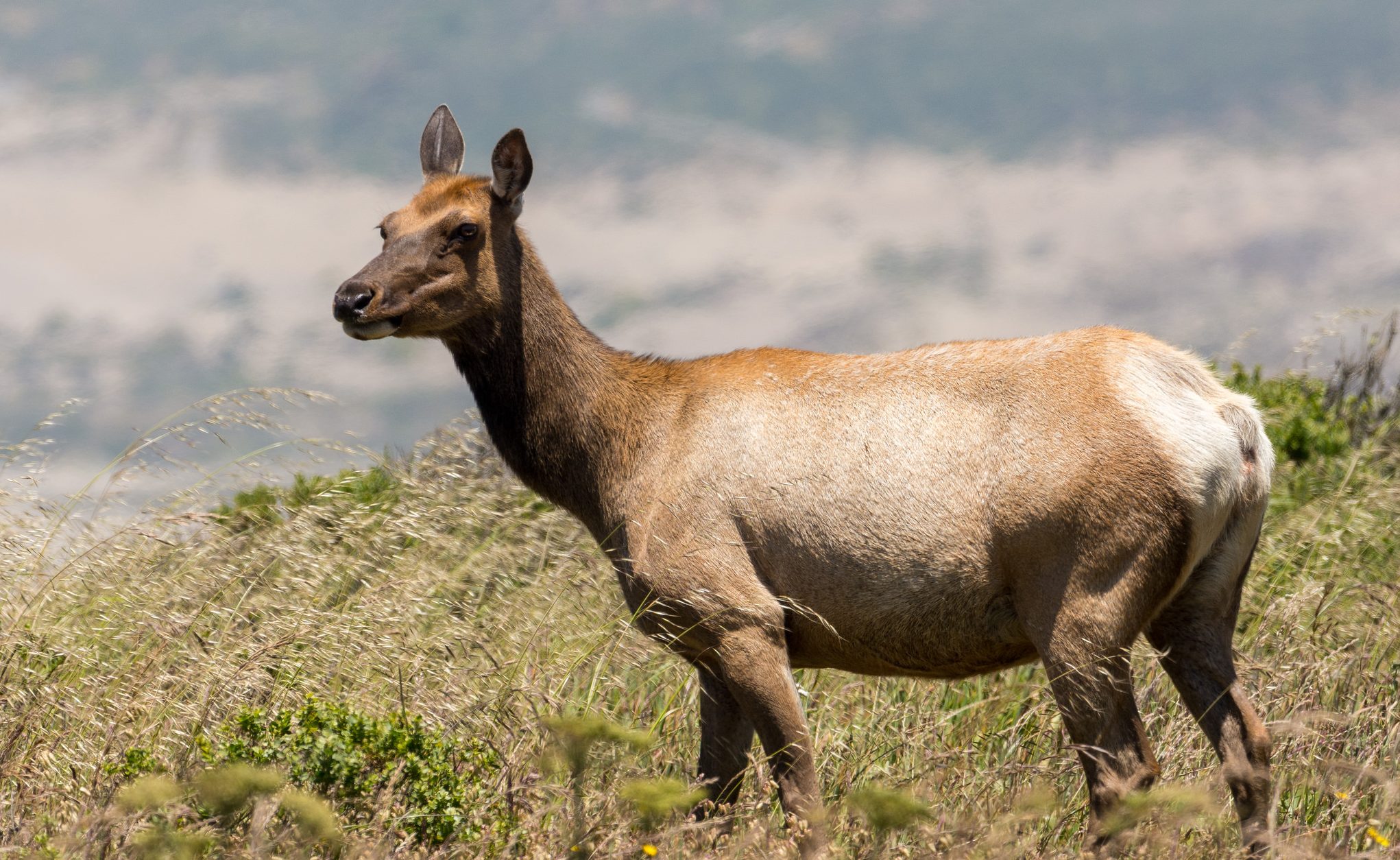
Fight Back Against the Rancher Land Grab in Marin County
“Point Reyes National Seashore is a unique fragment of wild California. Rare bunch grasses and wildflowers, Tule elk and spawning salmon are among more than 1,500 plant and animal species that depend on these national parks. Of these, more than 50 animal species and 50 plant species at Point Reyes Seashore are listed as rare, threatened, or endangered. Millions of visitors arrive annually to experience the wild Pacific coast, wind-swept grassy vistas, and landscapes that still hold remnants of what California looked like before European Contact. These national parks are at the center of a tug-of-war between public and private interests that soon will determine the future of these parks.” – From Restore Point Reyes National Seashore
These days, the word on the street is that organic, holistic grazing is good for the environment. The pro-grazing position is presented as anti-corporate and subversive, but in actuality it serves to justify entrenched power dynamics and the preferential land access that ranchers have been granted for generations.
In the Bay Area, Marin County is home to family-run “historic” ranches, i.e. ranches that were founded a few generations ago by European immigrants who brought their agriculture and animals with them, to the detriment of the area’s native animals and ecosystems. Organic dairy companies like Straus and Clover that source in Marin County are nonetheless given the thumbs up by our local food movement because the love of ranching runs deep in American culture.
In the Western US, private ranching on public land is ubiquitous and Marin County is no exception. A third of the land of Point Reyes National Seashore Park, which is meant to be a “fragment of wild California”, is leased to private cattle ranches. Local conservationist organizations have claimed this has been detrimental to the park’s ecosystems, having led to soil erosion, water pollution, invasive plants, declines in fish and bird populations, conflicts with wildlife, and loss of public access to public land.
These organizations have focused in particular on the effects of ranching on the native Tule elk. In the late 19th century there were thought to be about 500 000 Tule elk in California, but their numbers quickly plummeted as a result of European settlement. In an effort to restore their population, they were reintroduced to Point Reyes National Seashore in the 1970s; Point Reyes is the only national park where the Tule elk now live. Today, there are about 400 Tule elk in the park and 4 000 in California, while there are more than 5 000 and 5 000 000 cattle in the park and state respectively.
Eric Molvar explains the conflict: “The main [Tule elk] population is imprisoned on a 2,600-acre spit of land called Tomales Point behind an eight-foot-tall fence, designed to keep elk away from the livestock operations. Drought conditions between 2012 and 2014 caused mass die-offs of elk at Tomales Point due to lack of available water (and perhaps dietary deficiencies due to the absence of diverse soil types on this small peninsula), in which 250 elk perished.” Because they were fenced in, the Tule elk were not able to access water sources.
A common pro-grazing argument is that cattle ranching is beneficial because ruminants are necessary to the health of an ecosystem, implying that without ranching ruminants would otherwise be absent. The example of Point Reyes reveals the dishonesty of this argument: we are allowing native ruminants to die off to benefit ranchers’ bottom lines.
In 2016, a settlement was reached in a lawsuit between Point Reyes National Seashore and three conservationist organizations, whereby the park was to conduct an environmental review process before renewing ranchers’ leases. However, a bill (HR6687) has been introduced in Congress that aims to make the dairies and ranches at Point Reyes National Seashore permanent. If passed, this will override the court settlement and a new General Management Plan would be created without a public process. From the Center for Biological Diversity on September 25: “The House of Representatives rammed through legislation today that would allow hunting or eviction of native tule elk from large portions of Point Reyes National Seashore in California’s Marin County, the only national park where these elk exist. The legislation would enshrine private cattle ranching on 28,000 acres of public lands without any environmental assessment, sabotaging a public-planning process aimed at evaluating ranching impacts and resolving cattle conflicts with native wildlife.”
The Restore Point Reyes National Seashore campaign asks you to take action to protect public land and the public process by contacting your representatives. Their action page features a sample letter as well as an open letter that your organization can sign onto. From their Action Alert of August 28: “send your letter to the bill’s sponsor Rep. Jared Huffman, Rep. Huffman, Jared [D-CA-2] and to the House Natural Resources Committee, to say that you think the settlement process, providing public comment to the GMP Amendment, should determine if, and to what extent, ranching belongs in these national parks.”
If you want Point Reyes to be re-wilded and private ranches on public property to be a thing of the past, now is the time to act. Please also peruse the Restore Point Reyes National Seashore website as it is a great resource to help you understand the ecological and political issues around cattle ranching in California – “the articles, studies, and historical record assembled on this website are intended to inform and empower you to take action.”
Forty-one percent of land in the US is devoted to raising cows – this is the land grab that we don’t talk about. Raise your voices, fight back.
